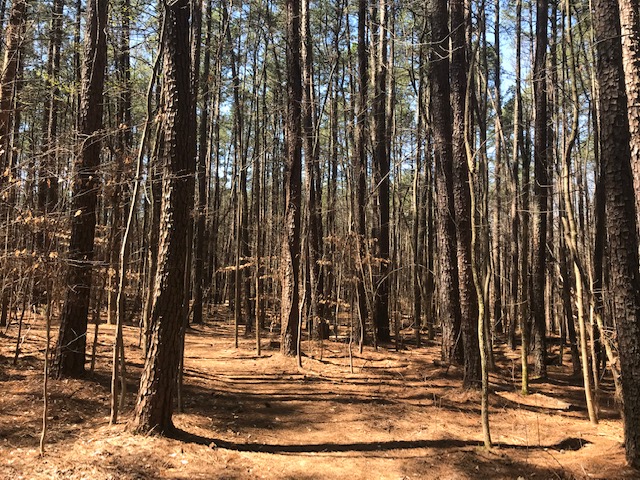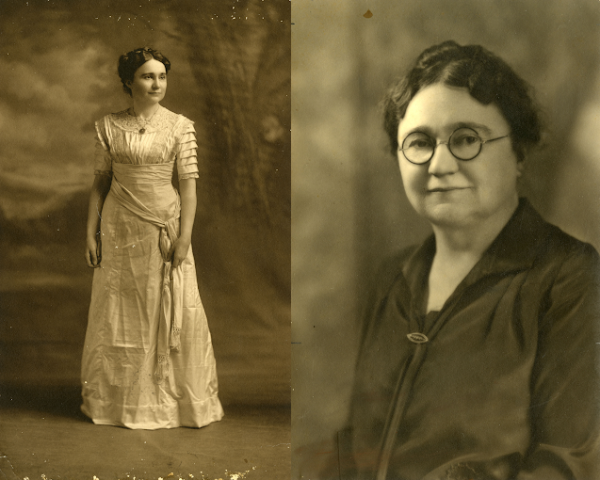Quakerism in the Guilford woods: past and present
When asked about the Guilford woods, students appear to have a variety of opinionated responses. Many complain about the bugs, the walk or the heat. Others love the serenity or appreciate the dense history of the trails. Yet, one underlying factor connects all of the reasons to love the Guilford woods.
The Guilford woods, known originally as the New Garden Woods, were a frequented place of stay for runaway slaves in Guilford County. Reflecting their Quaker faith, esteemed “President of the Underground Railroad” Levi Coffin and cousin Vestal Coffin aided and interviewed many slaves in our woods during their time working with the railroad.
In early 2017, the Guilford woods became an official Underground Railroad Network to Freedom site due to the documentation of the Coffin family’s contributions as part of the Greensboro Quaker community.
Levi Coffin was particularly adamant about documenting his interactions, and summarized his early efforts.
“Many a time I sat in the thickets with them as they hungrily devoured my bounty, and listened to the stories they told of hard masters and cruel treatment,” Coffin wrote.
For more information about the Coffin family and the Guilford woods Underground Railroad stop, visit the Hege Library and the Guilford Underground Railroad website.
Morris Johnson, a Guilford County Schools teacher who served on a committee with other teachers to create said website, utilizes the woods for his history classes on campus.
“We would just walk down to the tree… what I had (my students) do was try to get out of the four walls of the classroom and think about being people who were having to run away in an unfamiliar place,” Johnson said.
Johnson fosters an active conversation with his students about the importance of history as “not predictive, but preparatory,” and believes the Guilford woods to be a part of that conversation.
“When we have traditions with people who are refugees, who are being pursued because they are being defined as ‘illegal,’ I think it’s important to realize that these types of questions are not new and that the answers that we create can be, in part, informed by the history and by the moral stance that people have made in the past,” Johnson said.
For the majority of Guilford students, however, the woods’ culture is just not that deep. For first-year Brooke Steeley, the woods hold little importance. She “hardly even knows” where they are, and when asked about their history, she says she knows “absolutely nothing. I’ve heard that that’s where people go to smoke though.”
Yet, many students consider the social aspects of the woods, including smoking, drinking and other illicit behaviors, to be a big part of their lives. When prompted about whether he’d visited the woods, anonymous senior T. W. enthusiastically replied, “Yes. To smoke pot.” In fact, he says, “Everyone smokes weed in the woods. That’s where you go.”
Illegal fancies aside, the senior is aware of the historical background of the woods on a fairly superficial level, but can’t deny its importance to the community developed in the woods. On whether the history or the socialization has a larger impact on the woods experience, he says, “I think they’re kind of symbiotic, because you get a sense of both every time you go out there.”
This togetherness of history and recreation within the woods seems to be symbolic of the Quakerism that holds Guilford together.
Not only do the woods reflect what Johnson refers to as “an extension of the Quaker community,” but they reflect an extension to a different interpretation of Quaker togetherness today. Within minutes, a straightforward interview about Guilford students’ experiences in the woods sparked a lively conversation between near strangers about old class hikes and dead snapping turtles buried in the woods. That is exactly what the woods seem to do. They spark conversation. They create community.
To Johnson, it is important that the Guilford community knows “not that the woods are just there, but what they have the power to represent.”
“The woods represent a commitment to something that transcends the moment we’re in right now, and suggests that we can actually use our power of imagination to put ourselves into a much longer history,” Johnson said.
Johnson’s connection to the breadth of history illustrates the reach of Levi Coffin all the way to 2019, as the Underground Railroad trail which once fostered community through safety and comfort now fosters culture and togetherness under the same wide-stretching branches of the past.
Down by the lake, leaves are beginning to fall. Frogs are croaking their last before winter comes. Sunlight is peeking through the trees where, as the wise anonymous stoner T. W. once said, “everyone’s a friend.”
Editor’s note: This story originally was published in Volume 106, Issue 2 of The Guilfordian on Oct. 11 2019.






